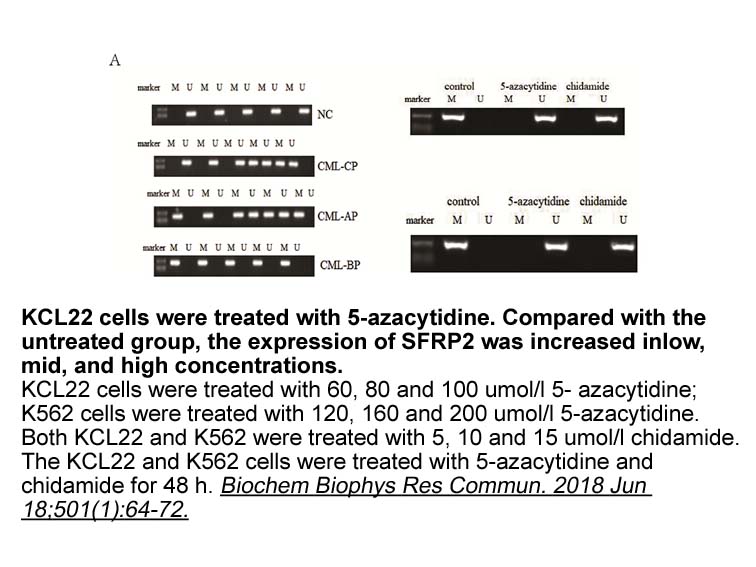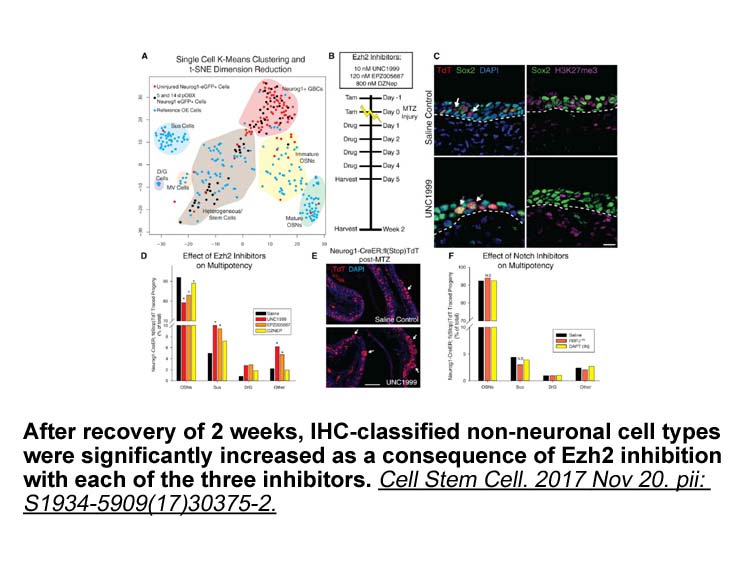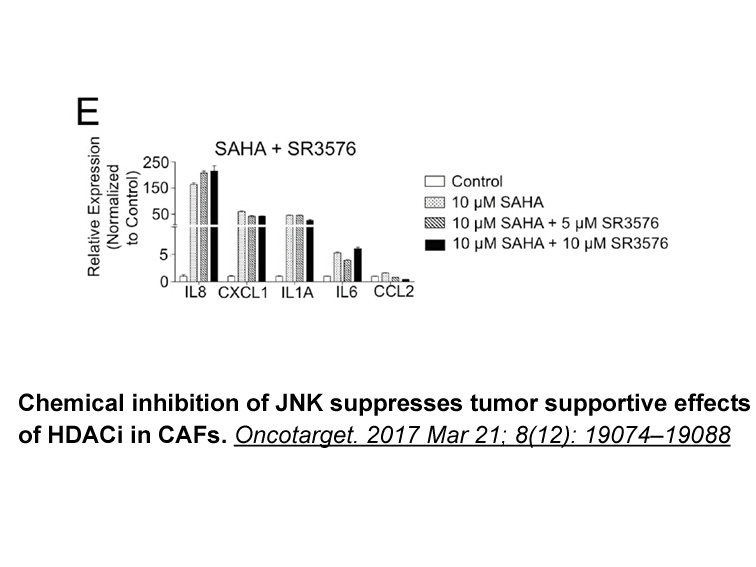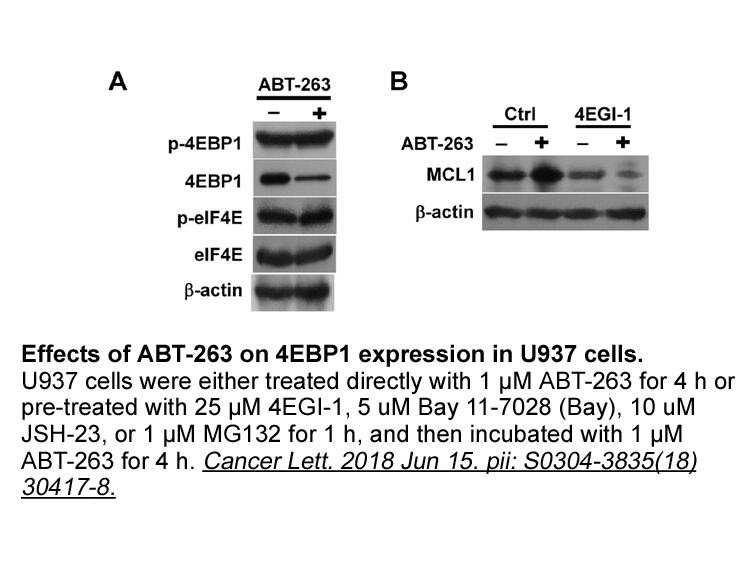Archives
- 2025-12
- 2025-11
- 2025-10
- 2025-09
- 2025-03
- 2025-02
- 2025-01
- 2024-12
- 2024-11
- 2024-10
- 2024-09
- 2024-08
- 2024-07
- 2024-06
- 2024-05
- 2024-04
- 2024-03
- 2024-02
- 2024-01
- 2023-12
- 2023-11
- 2023-10
- 2023-09
- 2023-08
- 2023-06
- 2023-05
- 2023-04
- 2023-03
- 2023-02
- 2023-01
- 2022-12
- 2022-11
- 2022-10
- 2022-09
- 2022-08
- 2022-07
- 2022-06
- 2022-05
- 2022-04
- 2022-03
- 2022-02
- 2022-01
- 2021-12
- 2021-11
- 2021-10
- 2021-09
- 2021-08
- 2021-07
- 2021-06
- 2021-05
- 2021-04
- 2021-03
- 2021-02
- 2021-01
- 2020-12
- 2020-11
- 2020-10
- 2020-09
- 2020-08
- 2020-07
- 2020-06
- 2020-05
- 2020-04
- 2020-03
- 2020-02
- 2020-01
- 2019-12
- 2019-11
- 2019-10
- 2019-09
- 2019-08
- 2019-07
- 2018-07
-
Systematic administration of ABT amino bromophenyl morpholin
2025-02-08

Systematic administration of ABT-702 (4-amino-5-(3-bromophenyl)-7-(6-morpholino-pyridin-3-yl) pyrido[2,3-d] pyrimidine), a potent and selective non-nucleoside AK inhibitor, also generates analgesic effects in animal models of pain (Jarvis et al., 2000, Kowaluk et al., 2000, Suzuki et al., 2001), sug
-
2'-O-Methyl-UTP lithium salt Taken together BRP represen
2025-02-08

Taken together, BRP-187 represents a novel chemotype of LT biosynthesis inhibitors with outstanding potency in human PMNL and monocytes activated under pathophysiological relevant conditions and with effectiveness in vivo. Using the PLA that visualizes the in situ interaction between 5-LO and FLAP i
-
br The cytochrome P enzyme hydroxylase lyase P
2025-02-07

The cytochrome P450 enzyme 17α-hydroxylase/17,20-lyase (P450) is involved in the production of the C containing androgen precursors from the C containing steroids such as the pregnanes and progestins (). Steroids such as androstenedione (AD) and dehydroepiandrosterone (DHEA) are therefore synthesi
-
Aurora B is also known as chromosomal passenger protein
2025-02-07

Aurora-B is also known as chromosomal passenger protein and localizes at the chromosome arms and at centromeres during prophase. As cell cycle continues, Aurora-B moves towards the inner centromere region followed by the central spindle and cortex during jak stat pathway and finally accumulates in
-
In addition to pH regulation by ion counter fluxes
2025-02-07

In addition to pH regulation by ion (counter-) fluxes, acidification is regulated by the abundance of V-ATPase on organelles, by the pumping activity of the complex and by proton leakage. In yeast, the V-ATPase VO subunit a is the only subunit expressed in two isoforms termed Stv1p and Vph1p. V-ATPa
-
Crystal structures were obtained of sulfonamide and amide as
2025-02-07

Crystal structures were obtained of sulfonamide 18 and amide 19 as a derivative of amide 36 (Fig. 7A and B). The precise rotameric orientation of amide 36 was of significant interest to understand the compound's interaction with the protein. As it would be difficult to assign the rotomer of 36, the
-
br Experimental Section br Results and Discussion br Conclus
2025-02-07

Experimental Section Results and Discussion Conclusions The advantages of the novel enzymo-chemical method for Mn and Co assay are simplicity of analytical procedure and economic effect due to the usage of only one enzyme in the form of apo-enzyme. An effectiveness of the apo-arginase-based
-
Using this cheese mimicking matrix we screened the antifunga
2025-02-07

Using this cheese-mimicking matrix, we screened the antifungal activity of 44 LAB fermented milk-based products and 23 LAB isolates used as protective cultures against 4 fungal targets. The LAB were obtained from the culture collections of CIRM-BIA (Centre International de Ressources Microbienne-Bac
-
While we chose to divide
2025-02-07

While we chose to divide our etiologies into three categories, it should be noted that such division has certain limitations. Even though URIs and the common cold are considered mainly viral in origin and rhinosinusitis mainly bacterial in origin,26, 27 there is considerable overlap between these co
-
br Mortality and morbidity Alzheimer
2025-02-07

Mortality and morbidity Alzheimer's disease is officially listed as the sixth-leading cause of death in the United States [208]. It is the fifth-leading cause of death for those age 65 and older [198]. However, it AP26113 may cause even more deaths than official sources recognize. Alzheimer's is
-
br Adenosine receptors and the
2025-02-06

Adenosine receptors and the adaptive immunity T lymphocytes are responsible for the cell-mediated immune response [95]. These cells can be stimulated by the presentation of antigenic moieties by APCs, such as dendritic cells or macrophages [96]. The presentation of antigenic molecules on the APC
-
br Conclusions and future directions Translation
2025-02-06

Conclusions and future directions Translation of the therapy to human MG will require a substitute adjuvant for IFA. Most human vaccines use aluminum salts (alum) as adjuvants. Both IFA and alum selectively promote antibody dominated Th 2 immune responses, rather than T killer cell dominated Th 1
-
br Experimental section br Conflicts of interest br
2025-02-06

Experimental section Conflicts of interest Acknowledgments This work was partly supported by INSA-Rouen, Rouen University, CNRS, Labex SynOrg (ANR-11-LABX-0029), Région Haute-Normandie. Introduction A key component of the integrated management of key pests such as codling moth (Cydia po
-
br Acknowledgements br Introduction Resistant hypertension R
2025-02-06

Acknowledgements Introduction Resistant hypertension (RH), is defined as blood pressure (BP) > 140/90 mm Hg despite three full doses antihypertensive drugs including a diuretic. Controlled hypertensive patients taking four rad51 inhibitor or more of antihypertensives are also considered resis
-
Our sample is representative of mRCC treated with sunitinib
2025-02-06

Our sample is representative of mRCC treated with sunitinib. However, the results from CCC setting have limited inference due to small exploratory sample (n = 51). Additionally, the significance of survival differences in CCC according to AXL staining is tangential. Unfortunately, we were unable to
14470 records 20/965 page Previous Next First page 上5页 1617181920 下5页 Last page